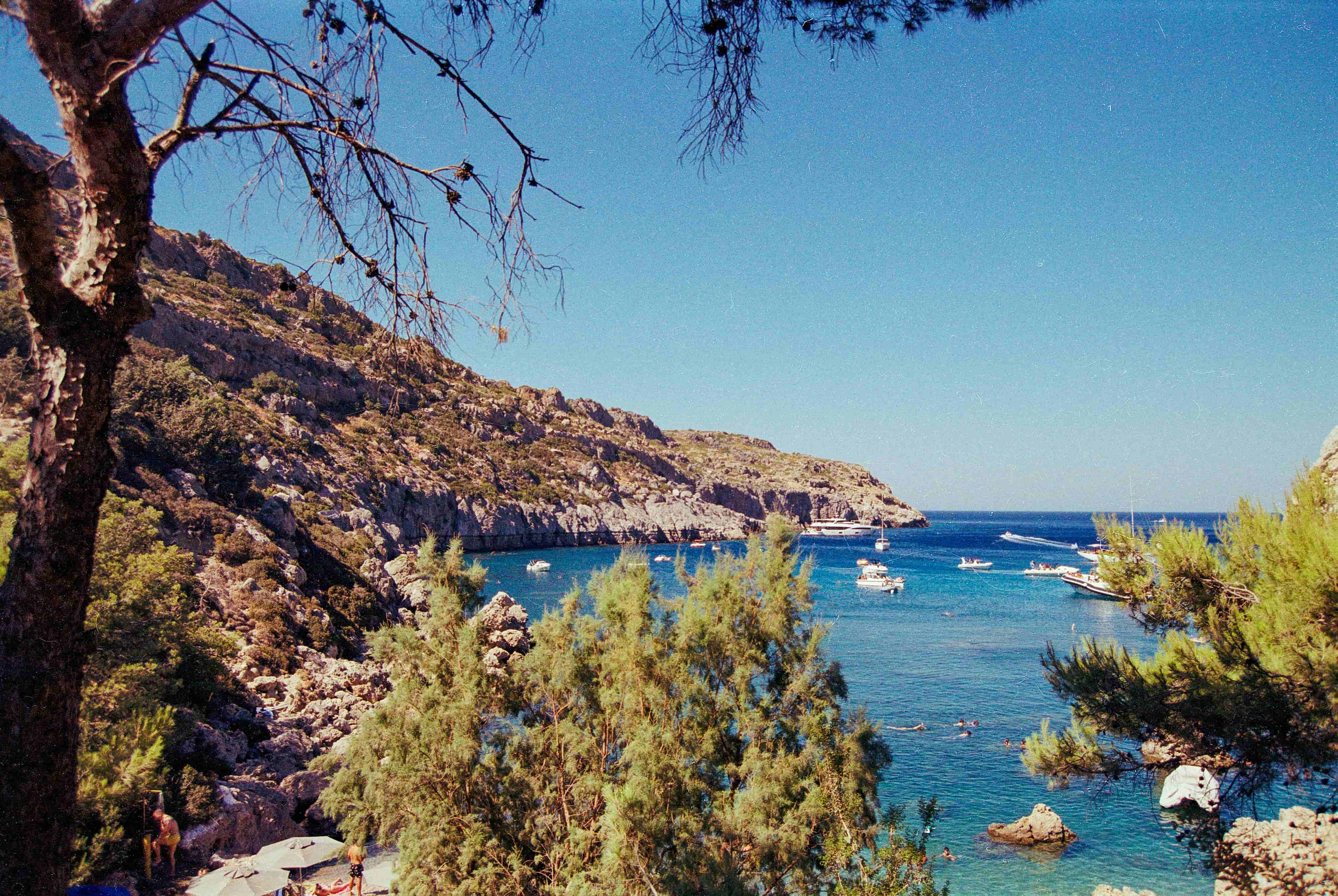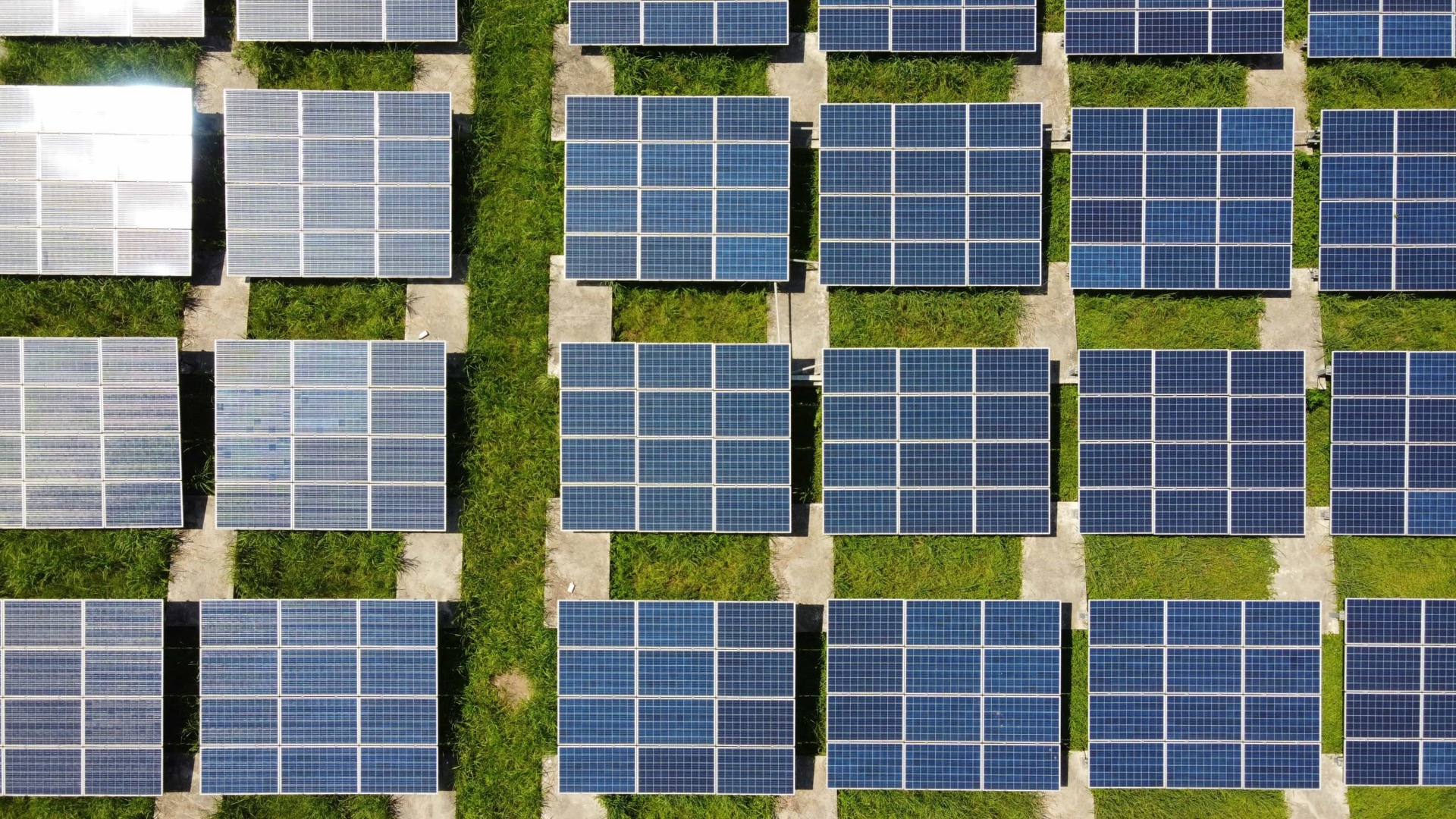Tsunamis are rare but devastating natural disasters, often caused by undersea earthquakes or landslides. For Mediterranean countries, where densely populated coastlines meet a warming climate, the risk of tsunamis is rising - literally. New research has revealed that rising sea levels and shifting land are making some coastal areas more vulnerable to flooding from tsunamis. By combining climate change data with geological studies, scientists are creating better tools to predict future tsunami risks and help communities prepare.
How Rising Seas and Land Changes Add to the Danger
As global temperatures increase, the world’s oceans are expanding, causing sea levels to rise. This puts low-lying coastal areas at greater risk of flooding during tsunamis. The Mediterranean is particularly vulnerable due to its unique geography and the high number of people living near the coast.
But rising seas aren’t the only problem. Vertical land movements - natural changes in the height of the Earth’s surface - are also affecting tsunami risks. In some areas, like the Nile Delta in Egypt, the land is sinking due to tectonic activity, soil compaction, and human actions like groundwater extraction. In these sinking areas, the combined effect of land movement and sea-level rise can dramatically increase the flooding caused by tsunamis.
In contrast, some areas experience land uplift due to volcanic or tectonic activity. For example, parts of Crete and Santorini are rising, which may offer some protection against rising seas, but the threat of tsunamis remains significant.
A New Way to Predict Tsunami Risks
Traditionally, tsunami risk assessments assume coastlines remain static, ignoring the effects of sea-level rise and land changes. This study breaks new ground by integrating these factors into a model that predicts tsunami hazards in the Mediterranean. By combining data on sea-level rise, land movements, and tectonic activity, researchers developed scenarios to understand how tsunami risks might change by the year 2070.
The results are concerning. In many parts of the Mediterranean, the probability of tsunami waves exceeding 1 to 2 meters in height increases significantly. Some areas, such as Southern Sicily, Northern Greece, and Eastern Crete, could see a 30% rise in the likelihood of severe flooding. These changes mean that even smaller tsunamis could cause more damage, as higher sea levels allow waves to travel farther inland.
Regional Differences in Vulnerability
The study highlights how local factors play a big role in determining tsunami risk. For example:
- The Nile Delta (Egypt): Already sinking by nearly 2 millimeters per year, this region is highly vulnerable to even modest sea-level rise. Combined with the increasing likelihood of tsunamis, this area faces significant challenges.
- Sicily and Crete (Southern Europe): These areas are hotspots for seismic activity, increasing the chance of tsunamis. Rising sea levels further amplify the threat.
- Santorini and Campi Flegrei (Volcanic Regions): Land uplift in these zones may slightly offset the impact of rising seas, but the risk of tsunamis remains due to their proximity to tectonic fault lines.
Preparing for the Future
This research is a call to action for Mediterranean countries. With the combined effects of climate change and geological processes, coastal communities need to prepare for an increasingly uncertain future. Understanding where risks are highest allows governments to invest in protective infrastructure, such as seawalls and reinforced buildings, and to create detailed evacuation plans.
Education is also key. Coastal communities need to be aware of tsunami risks and know how to respond in emergencies. Warning systems that account for updated hazard models can save lives by providing early alerts.
What’s Next?
The study emphasizes the importance of continually updating tsunami hazard assessments as climate and geological data improve. Future work could refine predictions by including more localized data and studying how these risks might change beyond 2070.
This research shows how interconnected our planet’s systems are. Rising seas caused by warming oceans, sinking land from natural and human activities, and the constant movement of tectonic plates all combine to shape our world in ways we’re just beginning to understand. With science and preparation, Mediterranean countries can adapt to these changes and protect their people from the growing risks of tsunamis.


